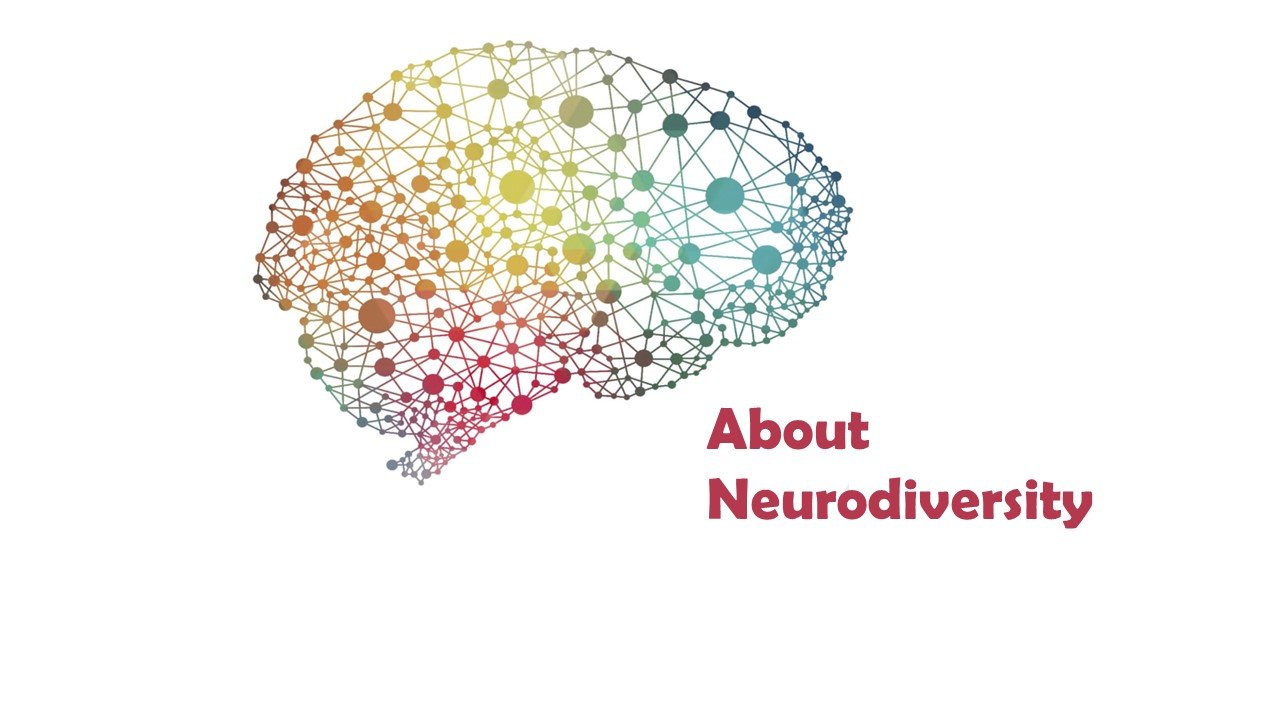About Neurodiversity
About Neurodiversity
What is neurodiversity?
Neurodiversity refers to the full range of variations in cognition, learning, behavior, and socialization that exists within the population.
In other words, neurodiversity refers to valuing the diversity of human brains, minds and bodies and to recognizing differences as a natural human variation. Neurodiversity is not a theory, it is a fact. We all have differences!
The Language of Neurodiversity
Neurodivergent (and Neurodivergence) – “having a mind that functions in ways that diverge significantly from the dominant societal standards of ‘normal’” (Walker, 2014).
Neurotypical – “having a style of neurocognitive functioning that falls within the dominant societal standards of “normal” (Walker, 2014).
Neurodiverse – “A group of people is neurodiverse if one or more members of the group differ substantially from other members, in terms of their neurocognitive functioning” (Walker, 2014).
Neurodiversity movement –“a social justice movement that seeks civil rights, equality, respect, and full societal inclusion for the neurodivergent” (Walker, 2014). The movement is based on a philosophy for embracing different ways of thinking and behaving as normal variations of being human.
Neurodiversity Paradigm – “specific perspective on neurodiversity – a perspective or approach that includes these fundamental principles:
- Neurodiversity is a natural and valuable form of human difference.
- The idea that there is one “normal” or “healthy” type of brain or mind or one “right” style of neurocognitive functioning, is a culturally constructed fiction, no more valid (and no more conducive to a healthy society or to the overall well-being of humanity) than the idea that there is one “normal” or “right” ethnicity, gender, or culture.
- The social dynamics that manifest in regard to neurodiversity are similar to the social dynamics that manifest in regard to other forms of human difference (e.g., ethnicity, gender, or culture). These dynamics include the dynamics of social power inequalities, and also the dynamics by which differences, when embraced, acts as a source of creative potential” (Walker, 2014).
Source: Walker (2014) Neurodiversity: Some Basic Terms and Definitions

